The units on this website use works of art to introduce topics for philosophical discussions. A number of educators have requested help in delving deeper into the topics raised by the units. This page provides some resources that will be useful to get your students to go more deeply into their ideas.
The most obvious way to continue is to assign readings on the relevant topics to the students and then to discuss those readings. As you may know, philosophy articles tend to be difficult, so it would also be appropriate to just give a short section from an article. Unfortunately, due to copyright limitations, I can’t post articles for you to share with your students.
So what I have provided are some links to articles and also, when relevant, to the Stanford Online Encyclopedia of Philosophy (SEP), podcasts from Philosophy Talk, and some articles from Philosophy Now.
SEP is an excellent resource for philosophy. Each entry has an excellent bibliography that you might want to make use of. Unlike Wikipedia, this is a refereed source and can be completely trusted. The articles are written at a very high level, so your students may need help understanding them. But they tend to be quite comprehensive.
Another interesting resource for students is the Philosophy Talk podcast. Well-known philosophers discuss issues in an accessible manner on the show. I have included links where there is a discussion of a relevant topic. Philosophy Now is a popular journal that discusses philosophical issues. Not all the contributions are equally good, but you can find some interesting discussions of some topics and they essays are all very readable.
Please get in touch if you would like more help.
Unit 1: Portraits
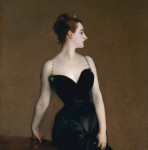
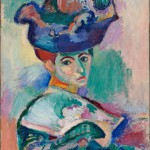
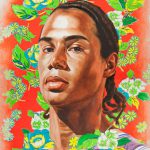

Three issues were raised by the philosophical questions at the end of this unit: the nature of beauty; how self-knowledge differs from the knowledge we have of others; and whether objectification always enters into our perception of others. These are difficult and interesting questions.
Beauty
https://plato.stanford.edu/entries/beauty/
https://www.philosophytalk.org/shows/what-beauty
Self-Knowledge
https://plato.stanford.edu/entries/self-knowledge/
https://www.philosophytalk.org/shows/self-and-self-presentation
Objectification
https://plato.stanford.edu/entries/sartre/#Ont, Section 2.
Sartre
https://www.philosophytalk.org/shows/jean-paul-sartre
Erotic Art and Obscenity
Unit 2: Landscape
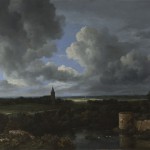
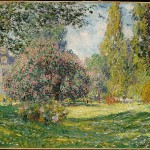
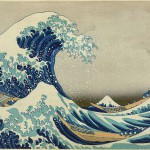
Environmental ethics is the topic discussed in this unit.
https://plato.stanford.edu/entries/ethics-environmental/
https://www.philosophytalk.org/shows/progress-and-environment
Unit 3: Expressionism
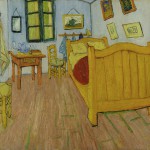

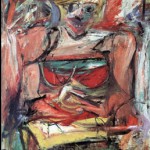
This unit focuses on the nature of our emotions, a central topic in the philosophy of mind and cognitive science.
https://plato.stanford.edu/entries/emotion/
https://www.philosophytalk.org/shows/indispensible-emotions
Unit 4: Abstract Art
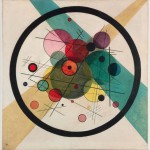
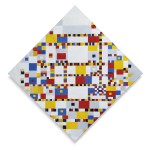
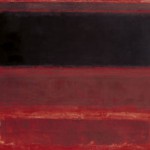
Here, the topic of the meaning of abstract introduces themes from the philosophy of language, in particular the difference between description and evaluation.
Abstract objects
https://plato.stanford.edu/entries/abstract-objects/
What is art?
https://www.philosophytalk.org/shows/what-art
Abstract ideas
There is an interesting controversy between John Locke and George Berkeley on whether there can be abstract ideas. The Introduction to Berkeley’s The Principles of Human Knowledge contains a nice presentation of the theory and Berkeley’s criticisms of it.
Unit 5: Conceptual Art
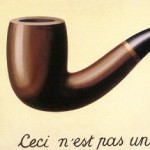

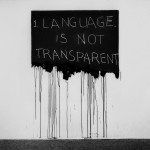
The philosophical questions in this unit have to do with conceptual art itself, and in particular the use of language in a medium that is traditionally conceived of as non-linguistic, imagistic.
https://plato.stanford.edu/entries/conceptual-art/
https://philosophynow.org/issues/108/The_Hard_Case_of_Duchamps_Fountain
Unit 6: Photography
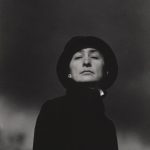
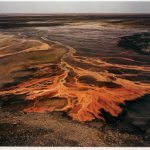
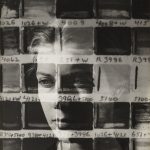
Two issues are raised in this unit. The first is the nature of realism and the question of whether photography is an inherently realistic art form. The second focuses on the nature of digital reproduction, the dominant form of contemporary photography.
Realism
Kendall Walton, “Transparent Picture: On the Nature of Photographic Realism,” Critical Inquiry, Vol. 11, No. 2 (1984), 246-277.
[This is an important article, but it is also difficult.]
Digital Art
https://plato.stanford.edu/entries/digital-art/
Photography generally
https://philosophynow.org/issues/95/The_Ontology_of_Photography_From_Analogue_To_Digital
[Philosophy Now is a popular philosophy magazine.]